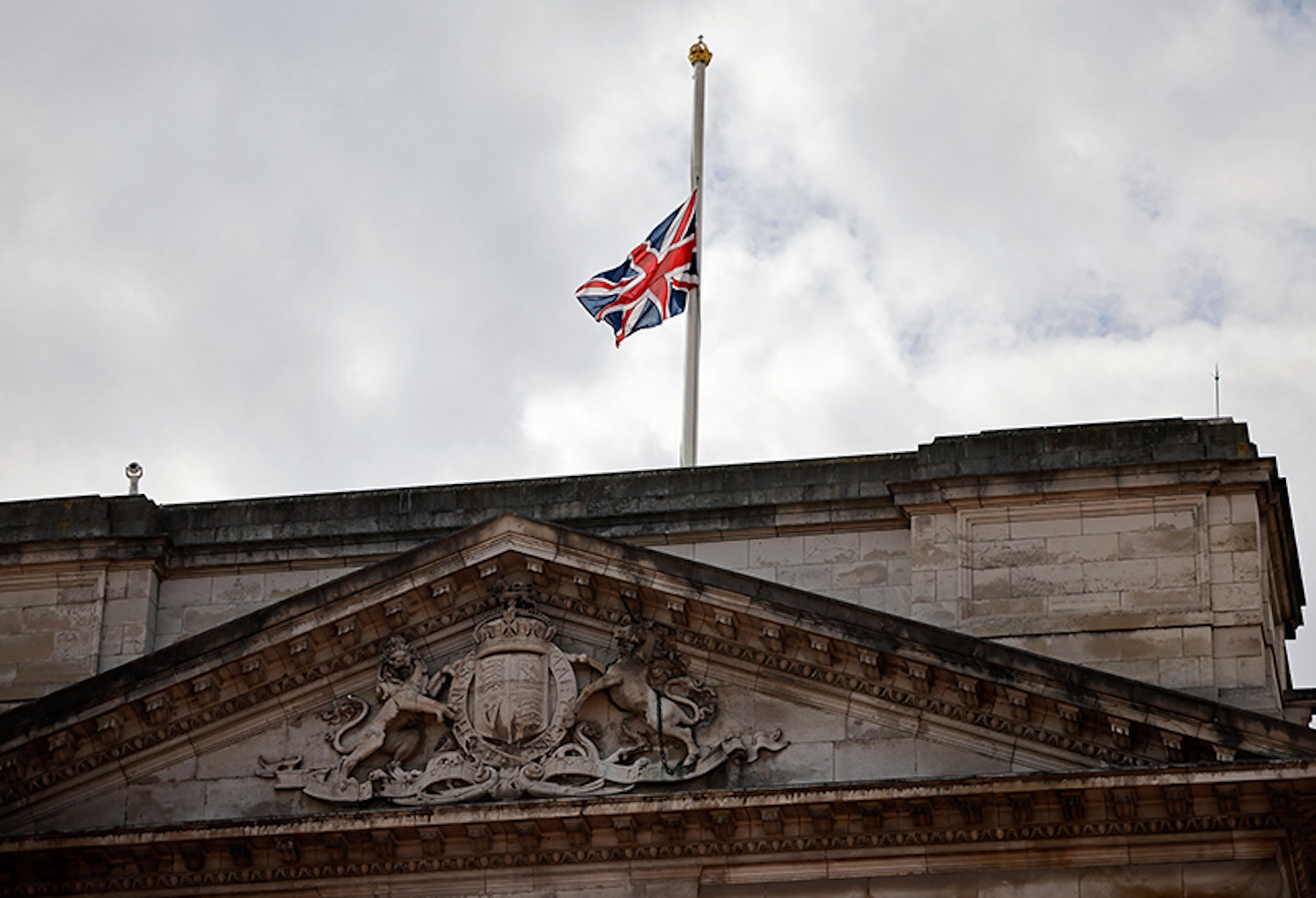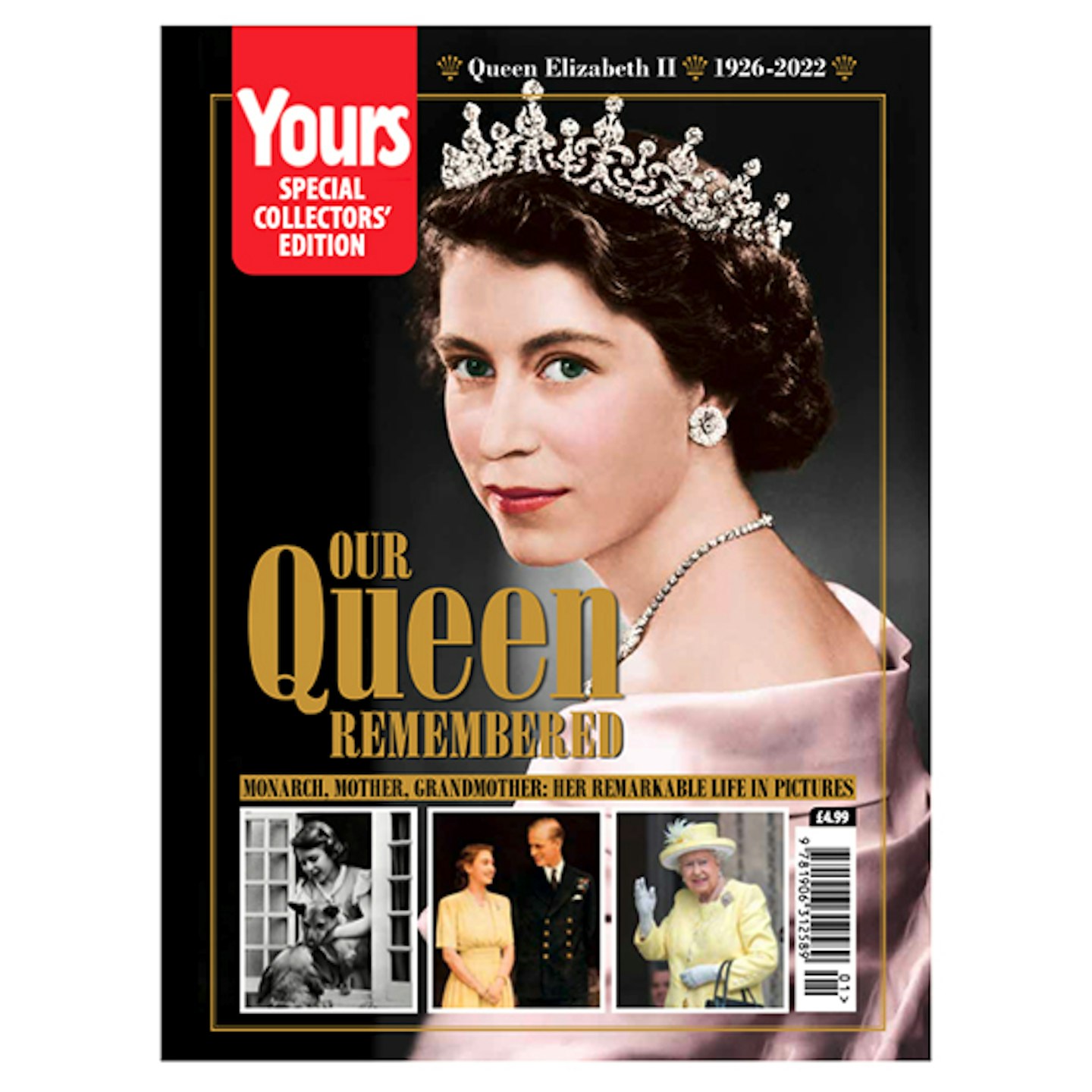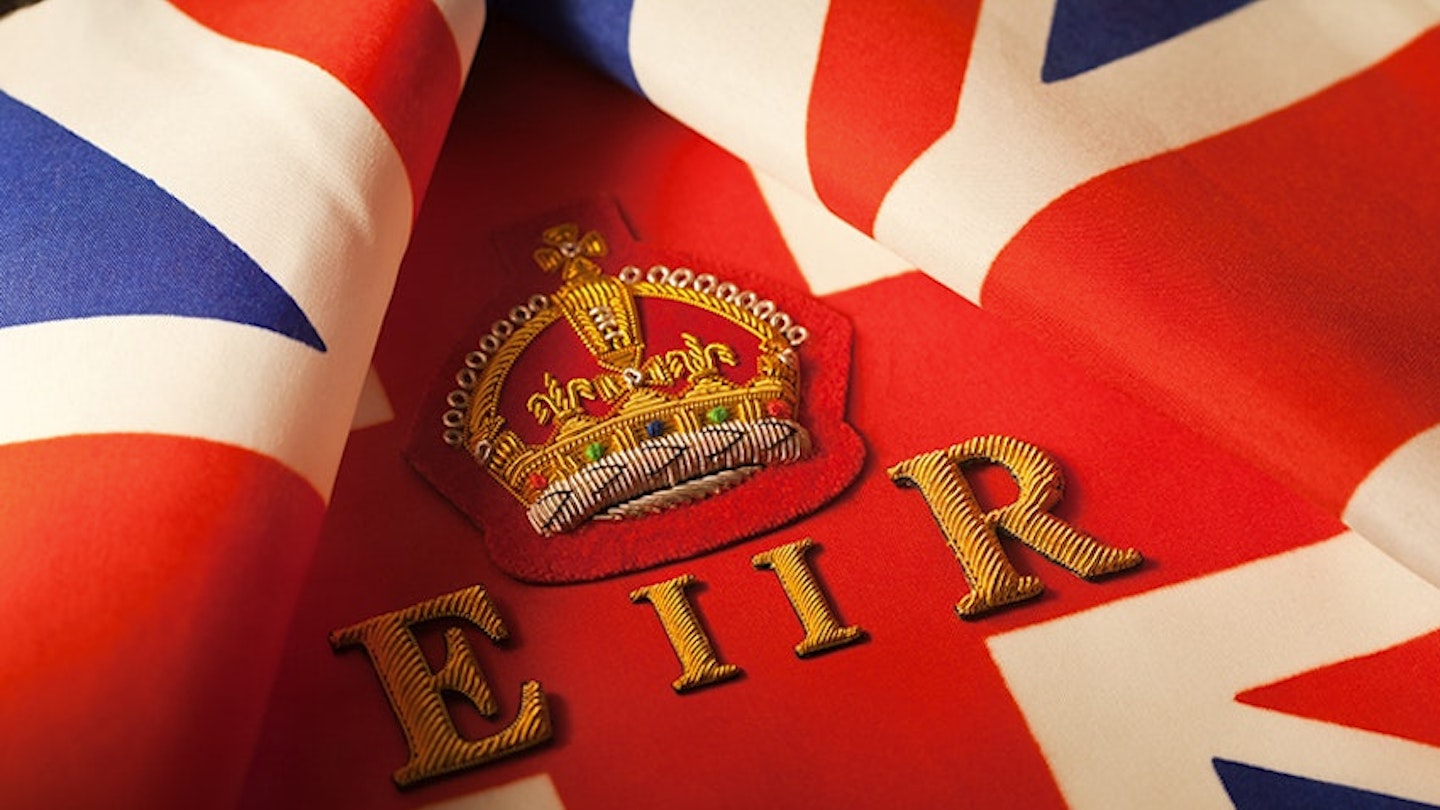Monday 19 September was a day the nation stood still to pay tribute to Queen Elizabeth II, to witness her final journey.
The plans for the funeral of Her Majesty The Queen, and ceremonial and commemorative events across the UK have been in place for many years, through Operation London Bridge.
Before the Queen's funeral, her coffin lay-in-state for four days at Westminster Hall. During the Lying-in-State period, Her Majesty The Queen’s closed coffin rested on a raised platform, which is called a catafalque, draped in the Royal Standard with the Imperial State Crown, orb and sceptre resting above it.
The lying in state period opened to the public at 5pm on Wednesday 14 September, with Westminster Hall open 24 hours a day to accommodate mourners.
Some people had already started to queue well in advance of this to ensure a place.
The queue was closed to new entrants just after 10:40pm on Sunday 18 September, and lying in state ended at 6.30am on Monday 19 September - the morning of the funeral. During this time over 250,000 people queued to pay their final respects, with the queue breaching it's 10 mile limit multiple times, meaning it had to be closed and reopened to manage numbers.
The state funeral took place on Monday September 19, 2022 at 11am with a minute’s silence held around the country.
World leaders and foreign royalty joined King Charles III and the Royal Family in the congregation at Westminster Abbey.
As well as the King and Queen consort, in attendance from the British Royal family was the Duke and Duchess of Cambridge, Prince Harry and Meghan, Princesses Beatrice and Eugenie, Sophie Wessex and her family as well as younger Royals including Lady Amelia Windsor.
At the funeral, the Dean of Westminster paid tribute to the Queen's "lifelong sense of duty".
The Very Rev David Hoyle spoke of her "unswerving commitment to a high calling over so many years as Queen and Head of the Commonwealth".
Then, in a spectacle not seen for generations, her coffin - on the State Gun Carriage of the Royal Navy, drawn by 142 sailors - was taken in a solemn procession to Westminster Abbey.
King Charles III walked alongside his siblings, Princess Anne and Princes Andrew and Edward. The Prince of Wales and the Duke of Sussex walked side-by-side behind their father along a route lined by representatives of all parts of the military.

The event was watched on television by millions of people across the country and around the world.
It was the first state funeral since Sir Winston Churchill's in 1965 and the biggest ceremonial event since World War Two.
The parade ended at Hyde Park Corner, at which point the hearse travelled by road to Windsor Castle.
Where is the Queen buried?
The Queen’s final resting place was the King George VI memorial chapel, an annex to the main chapel – where her mother and father were buried, along with the ashes of her sister, Princess Margaret.
Prince Philip’s coffin was also moved from the Royal Vault to the memorial chapel to join the Queen’s.
When will King Charles' coronation be?
It is not yet known how long after the Queen's funeral King Charles' coronation will be held. Many predict it will be few months away, to give time to mourn the Queen's death before the ceremony takes place.

www.greatmagazines.co.uk
Our beautifully illustrated collectors’ edition is packed with iconic photographs of our Queen as a monarch, a mother and grandmother. We look back to her childhood, her time as a young bride, her accession to the throne and the key moments through her 70 years of dedicated service to the nation.
